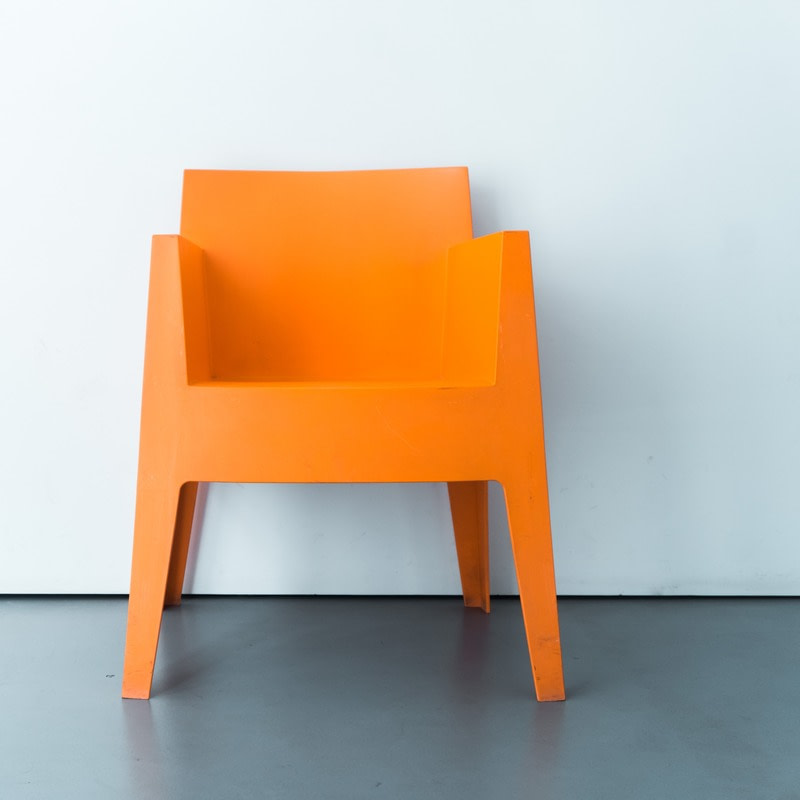PreciousPlastic
A marketplace on a mission to reduce plastic waste


Challenge
Implementing the Project
Precious Plastic is a project launched in the Netherlands in 2013 by Dave Hakkens, a designer who was just finishing his degree at that time. The aim of the project was to encourage people to recycle plastic into useful things like furniture, lighting, art pieces or accessories. The platform was built as a community to help the recycling activists to share their experience, drawings, mockups, and ideas with the fellow-minded guys to grow the eco-aware movement. Since 2013, the platform evolved into an open source platform and became a huge community with over 40,000 plastic recyclers around the world.
In 2016, Precious Plastic started building their marketplace to sell extruders, moulds, and products made of plastic to DIY designers and regular buyers. They chose the Multi-Vendor platform for their C2C project and customized it with us to make a good fit for their conscious audience. The marketplace allows individual buyers to set up “their own miniature recycling company”.
Vendor panel simplification
Simple shipping rates
Grouping countries by region
This task is closely related to shipping regions. Grouping countries by region allows quick defining what region a country belongs to. We added an ability to set a priority to a country when an exception needs to be introduced. For example, the vendor region is Europe, and for Europe as for the domestic region the vendor has a fixed shipping cost. However, for some reason the vendor wants to set a different shipping cost for Germany belonging to the European region. In this case, a prioritization system allows setting a different price as this rule would have a higher priority in settings.
The priority is the order in which the script takes the rate area and matches it to the customer location. For example, 1 is a higher priority than 10; 0 is the highest priority. The priority is set for a particular country and it prevails over the rules in force for a particular region.
Stripe Connect modification
By default, it is not intuitively clear that you need to have a Stripe Connect account to start selling. A new vendor, creating products, may not understand that it is necessary to register with Stripe. We introduced such a logic where the first mandatory step for the vendor is to create an account in Stripe, and only then the function of adding a product becomes available.
The “Add product” button is inactive until Stripe is connected. On hovering it, a text appears: “In order to create a listing, you need to set up a Stripe account first.” After Stripe is set up, the ability to add a product comes up.
For vendors who have not added any products, we replaced the “No data found” text with “In order to create your first listing, please add your Payment setup first”.
With this modification, vendors now have to register with Stripe first and then only start selling on the platform. It allows avoiding the cases when a vendor sells without payment setup.
